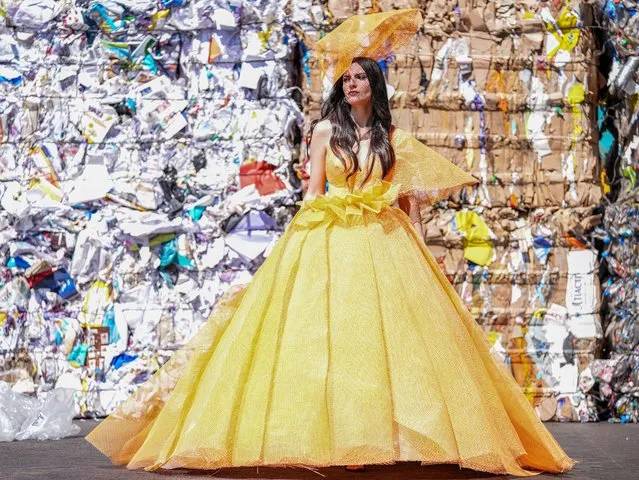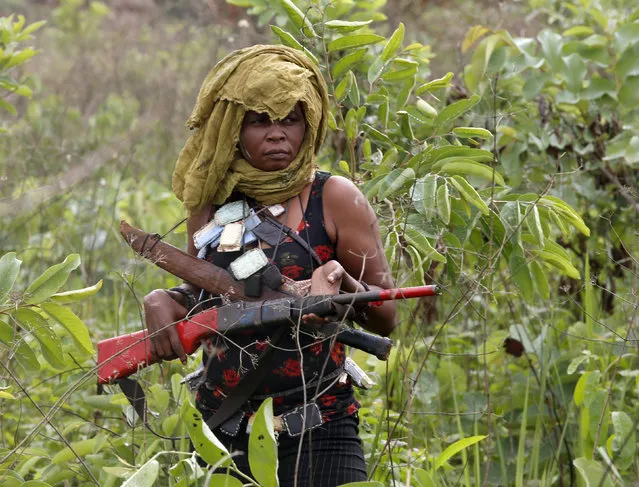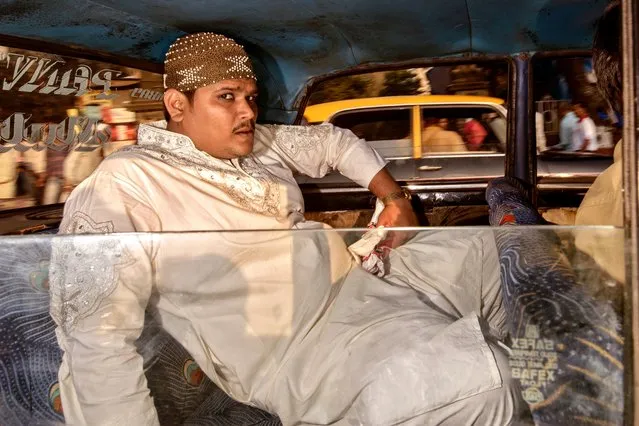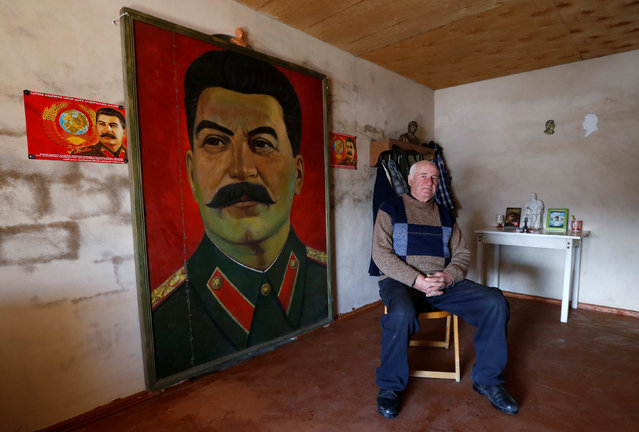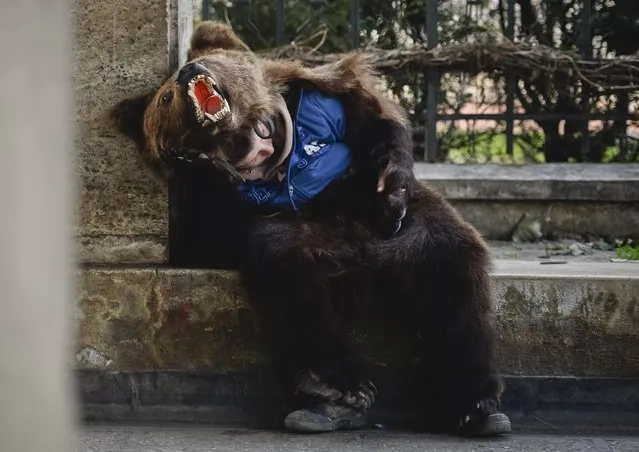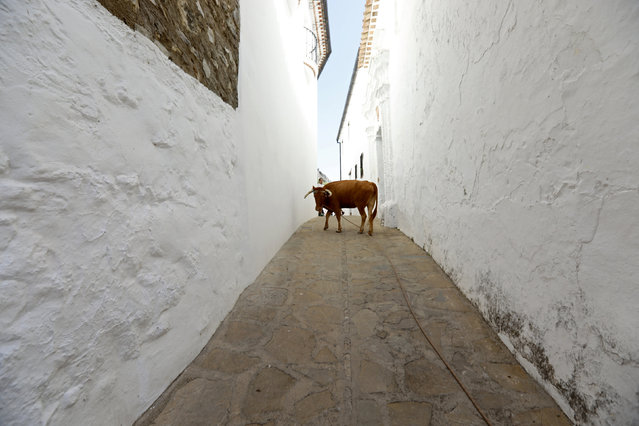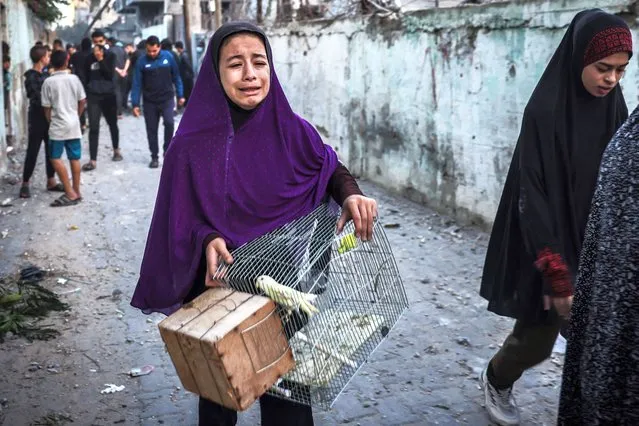
A woman holding carrying a bird cage reacts as people flee following an Israeli strike in Rafah in the southern Gaza Strip on November 23, 2023, amid ongoing battles between Israel and the Palestinian militant group Hamas. (Photo by Mohammed Abed/AFP Photo)
06 Dec 2023 04:38:00,post received
0 comments

